Specifications and Main Features
1. CPU Compatibility:
- Intel Pentium® 4 sock 478 compatible
- 400MHz/533MHz system data bus
2. Chipset:
- Intel 82845E(MCH) + 82801DB(ICH4)
- Only complies with AGP 4X 1.5V device
- Complies with Hi-speed USB v2.0
- Complies with Ultra ATA/100/66/33 modes
3. Ultra ATA/133 and RAID (For BD7II-RAID):
- highpoint hpt372 ide controller
- Complies with Ultra ATA 133MB/sec data transfer rate
- Complies with RAID 0 (striping mode for enhancing performance)
- Complies with RAID 1 (mirroring mode for enhancing data security)
- Complies with RAID 0+1 (striping and mirroring)
4. Memory:
- Supports a total of 3 nos 184 pin DDR DIMM modules (DIMM2 & DIMM3 are shared)
- Maximum capacity of 2GB DDR SDRAM is supported
- Supports PC1600 and PC2100(ddr200 and ddr266)
- Support ECC RAM device (non use of ECC and non ECC ram in one board)
5. Audio:
- ALC650 single chip 6 channel CODEC on board.
- Good SNR performance & PC2001 compliant
6. System BIOS:
- SoftMenu™ III Technology
- Award plug and play bios that supports a mpm and acl
- Write-Protect Anti-Virus function via AWARD BIOS
7. Multi I/O Functions:
- 1 Bus Master IDE Ports supports up to Ultra ATA / 100 x 2
- For BD7II-RAID only, 2 extra channels of Bus Master IDE Ports that support Ultra ATA/133 and IDE RAID.
- A pair of Keyboard and Mouse connectors using PS/2.
- A floppy port (2.88MB maximum).
- A single parallel port that supports EPP/ECP standards.
- A pair of serial ports.
- A couple of 2.0 USB host controllers and 1 RJ45 LAN.
- In addition, a pair of onboard USB headers that link four additional USB ports.
- Various audio connectors.
8. LAN:
- Integrated Realtek RTL8100B single chip Ethernet power management controller.
- Having the ability to operate in both10 and 100Mb speeds.
- The use of ACPI technology and Wake on LAN features.
- Supports compliant full-duplex flow control as defined in IEEE 802.3x and PCI Revision 2.2.
9. Miscellaneous:
- Having an ATX form factor packaging of choice.
- An agp4x slot and 5 PCI slots.
- Has fan rotational speed, voltage, CPU and system temperature monitoring hardware and single thermal header.
- Providing integrated keyboard/mouse and automatic turn on.
Frequently Asked Questions
Q1: Which type of processor does the BD71/BD7H-RAID Motherboard take?
A1: The BD71/BD7H-RAID Motherboard is meant for use with Intel Pentium® 4 Socket 478 processor with System Data Bus of either 400 or 533 MHz.
Q2: Which maximum memory capacity does this motherboard accommodate?
A2: There are 184 slots in the DDR DIMM modules and this motherboard accommodates a max of 2GB DDR SDRAM modules across three such slots.
Q3: Does the BD71/BD7H-RAID Motherboard support any RAID configuration?
A3: The Jumpers of the HighPoint HPT372 IDE controller facilitate access to RAID configurations, and among them RAID 0 (striping), RAID 1 (mirroring) and RAID 0+1 (striping and mirroring) are included.
Q4: Does the motherboard has any audio features? If yes, what are those?
A4: Multiple audiovisual options are available with ALC650 single chip, which is called a CODEC and is ideally suited to be mounted on the motherboard, as it has better SNR performance.
Q5: How many USB ports are included in the motherboard device?
A5: In total 4 headers are used to provide extra ports along with 2 onboard and all together there are 6 USB 2.0 ports.
Q6: This device, does it allow for the temperature of the motherboard to be monitored along with fan speed?
A6: this motherboard provides the necessary equipment to facilitate the hardware monitoring to supervise the system temperature, the rotation speed of the fan and the power voltages.
Q7: What power supply is to be used?
A7: It is recommended that you use at least a 20AMP 5 volts DC rail with more than 300W ATX12V rated power supply to ensure proper operation of the motherboard.
User Manual
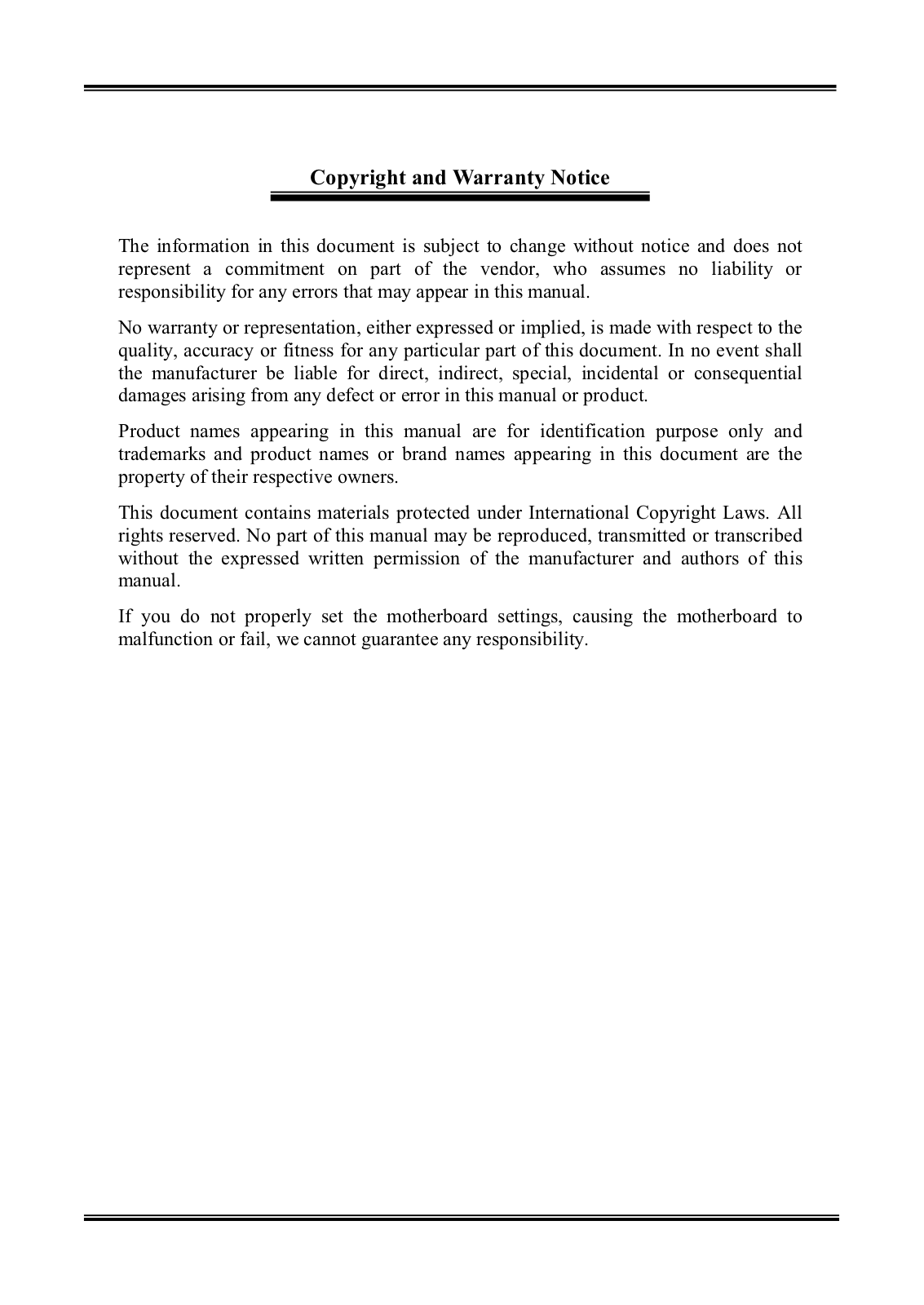

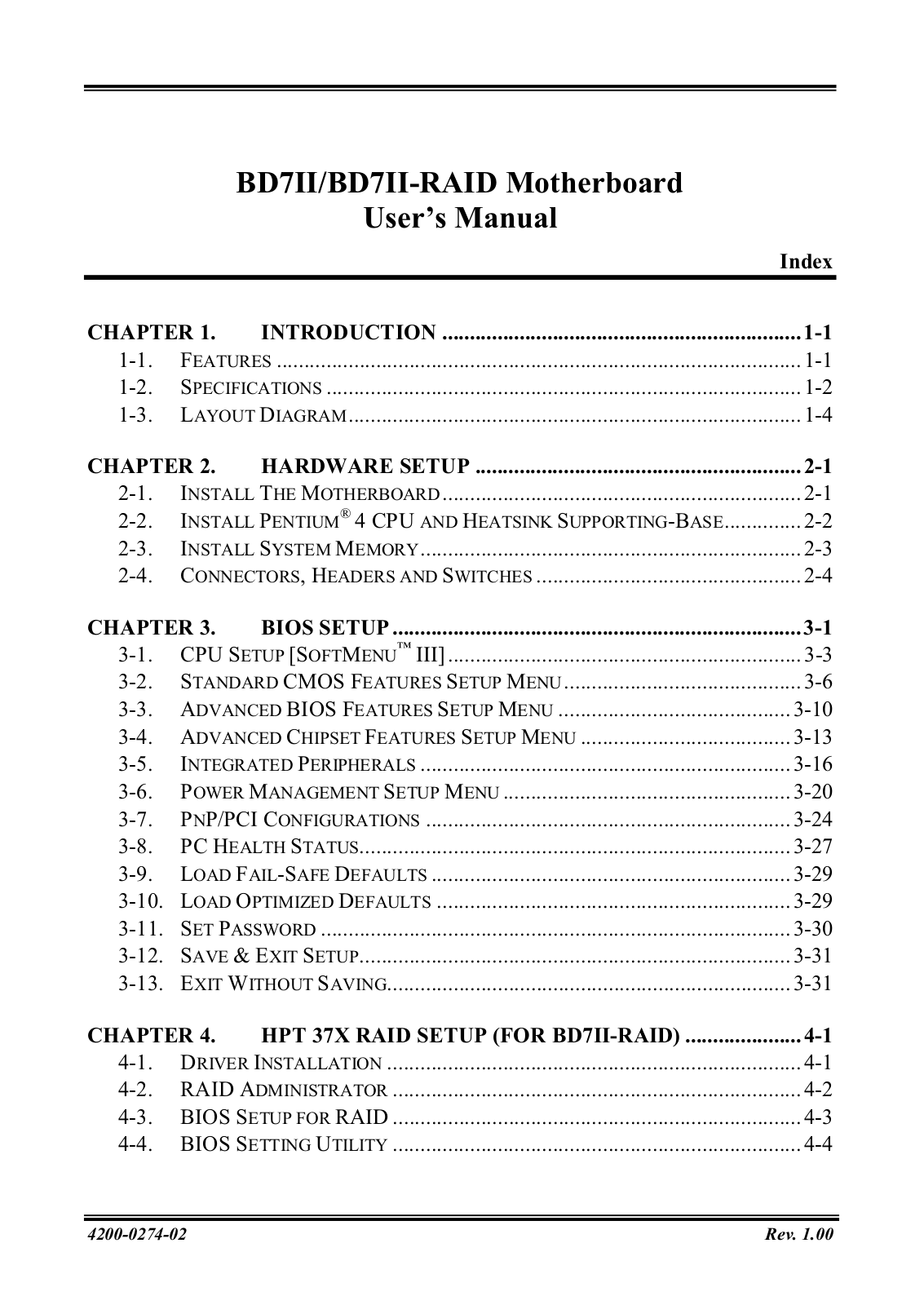
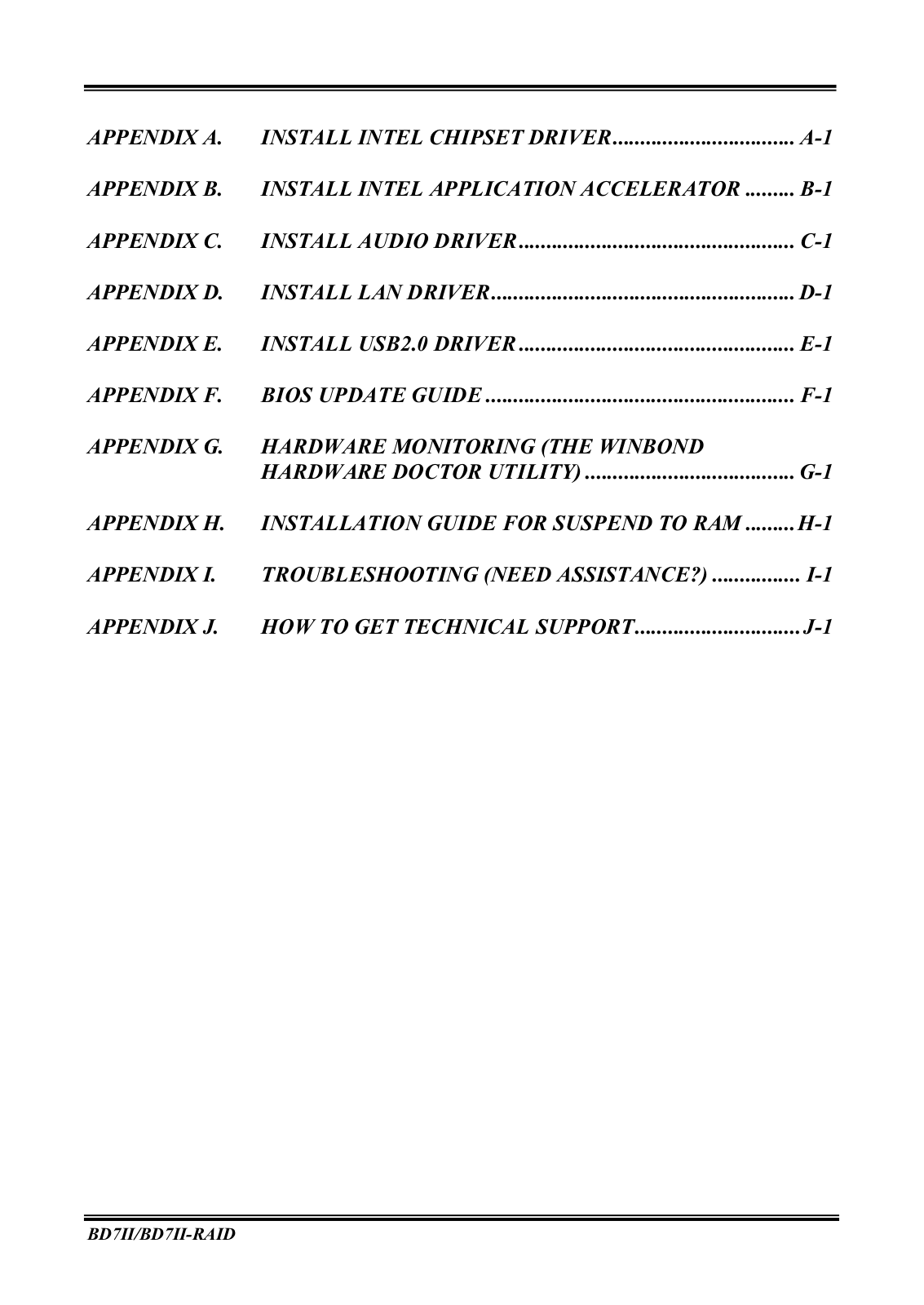
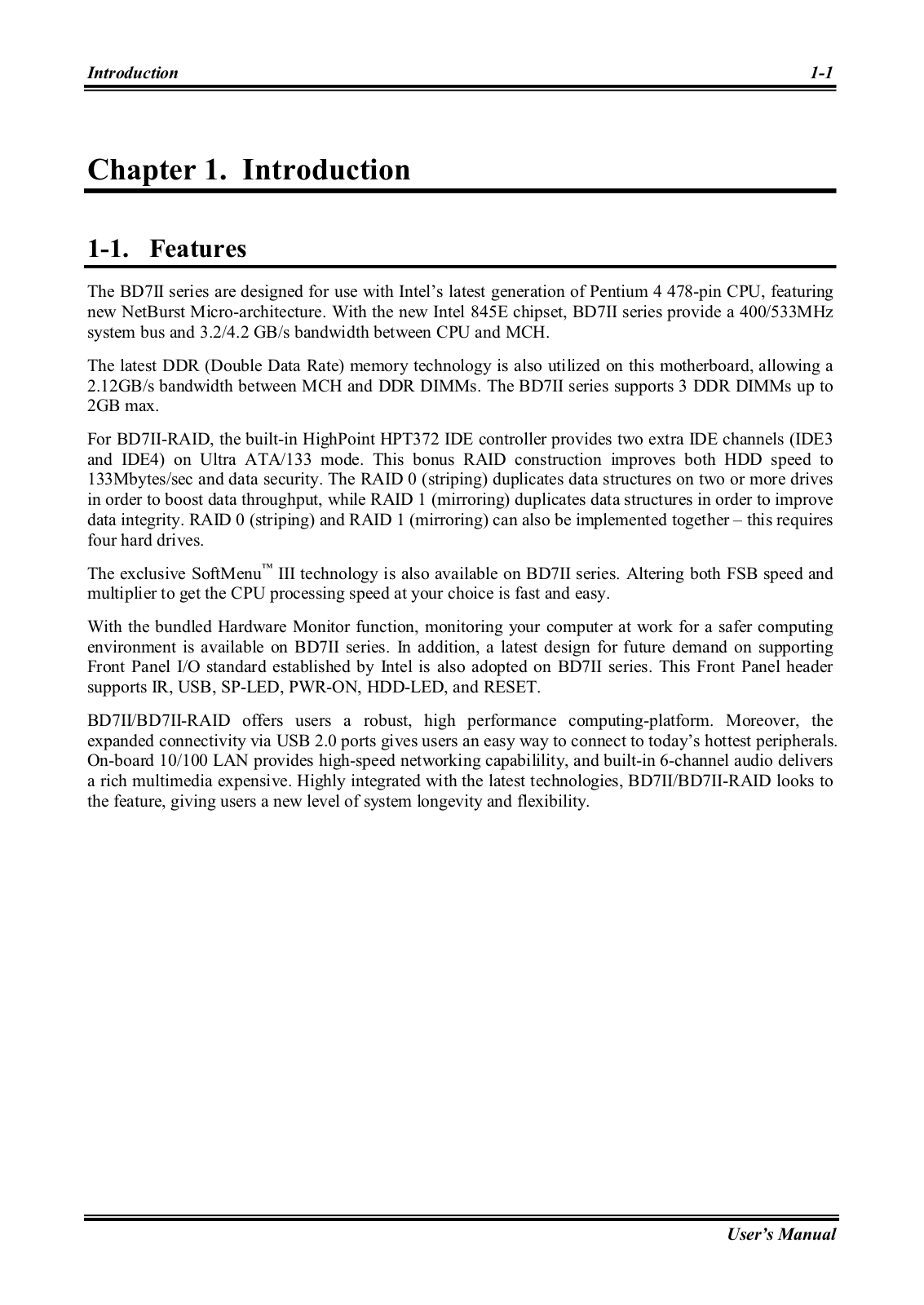
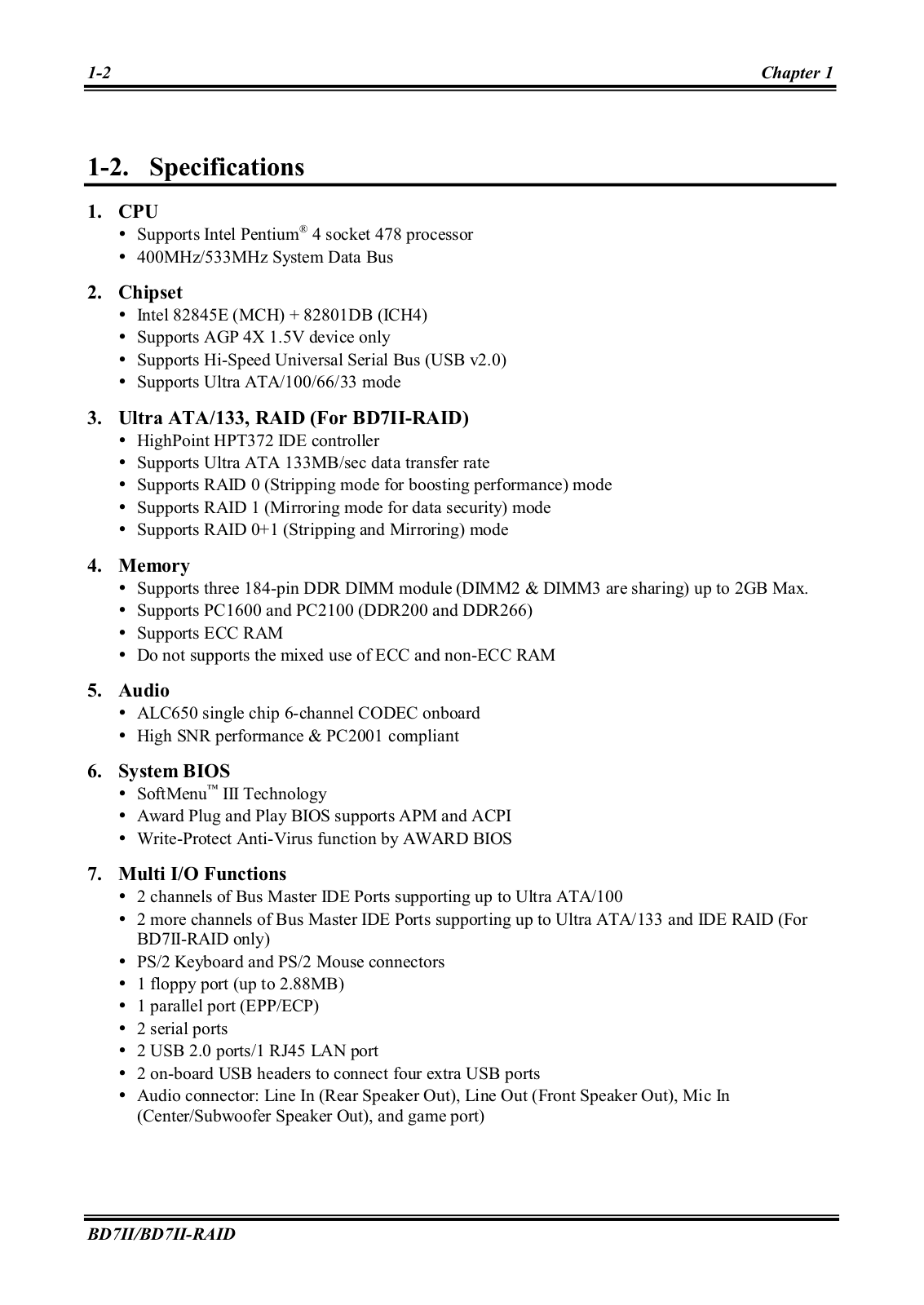
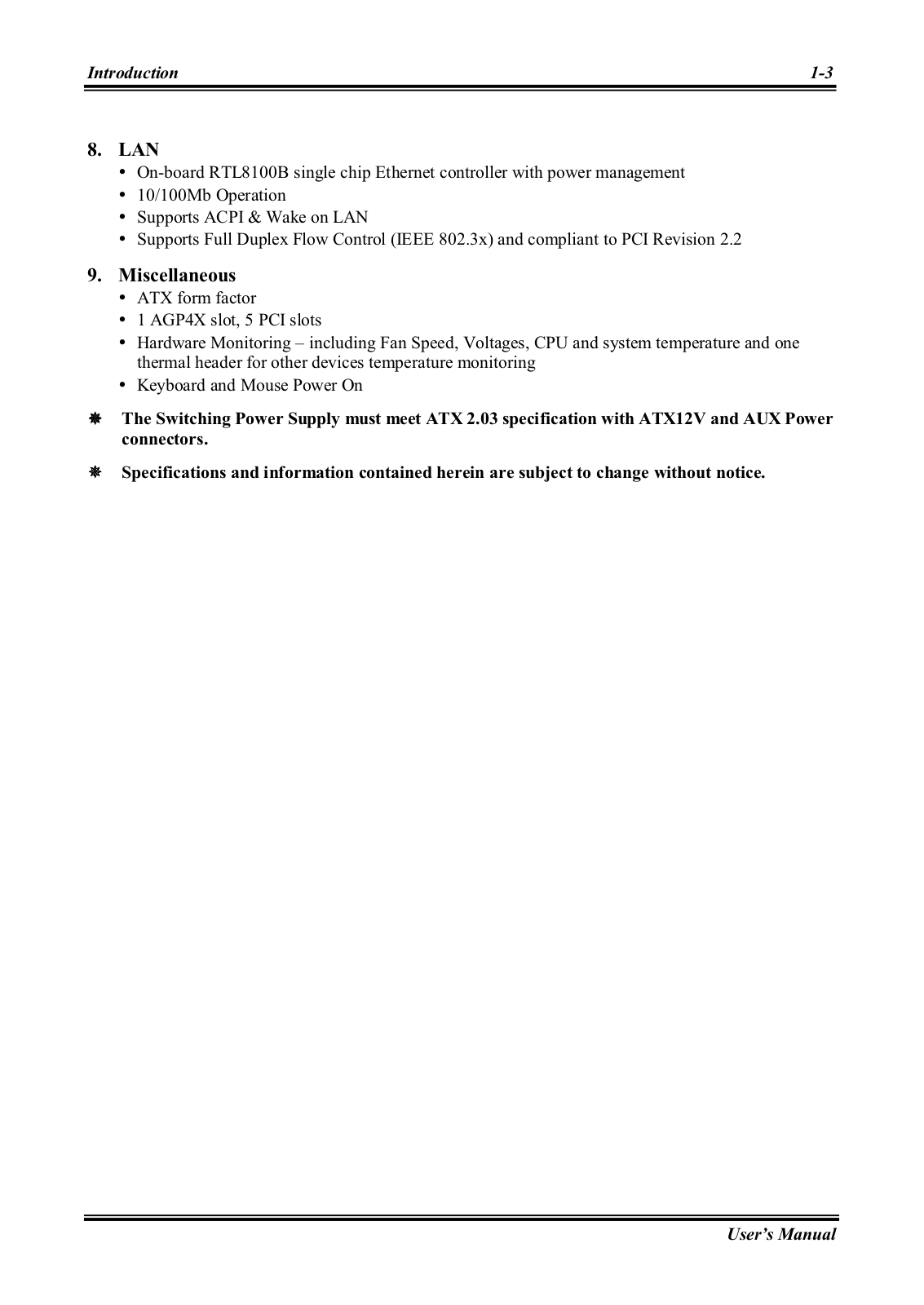
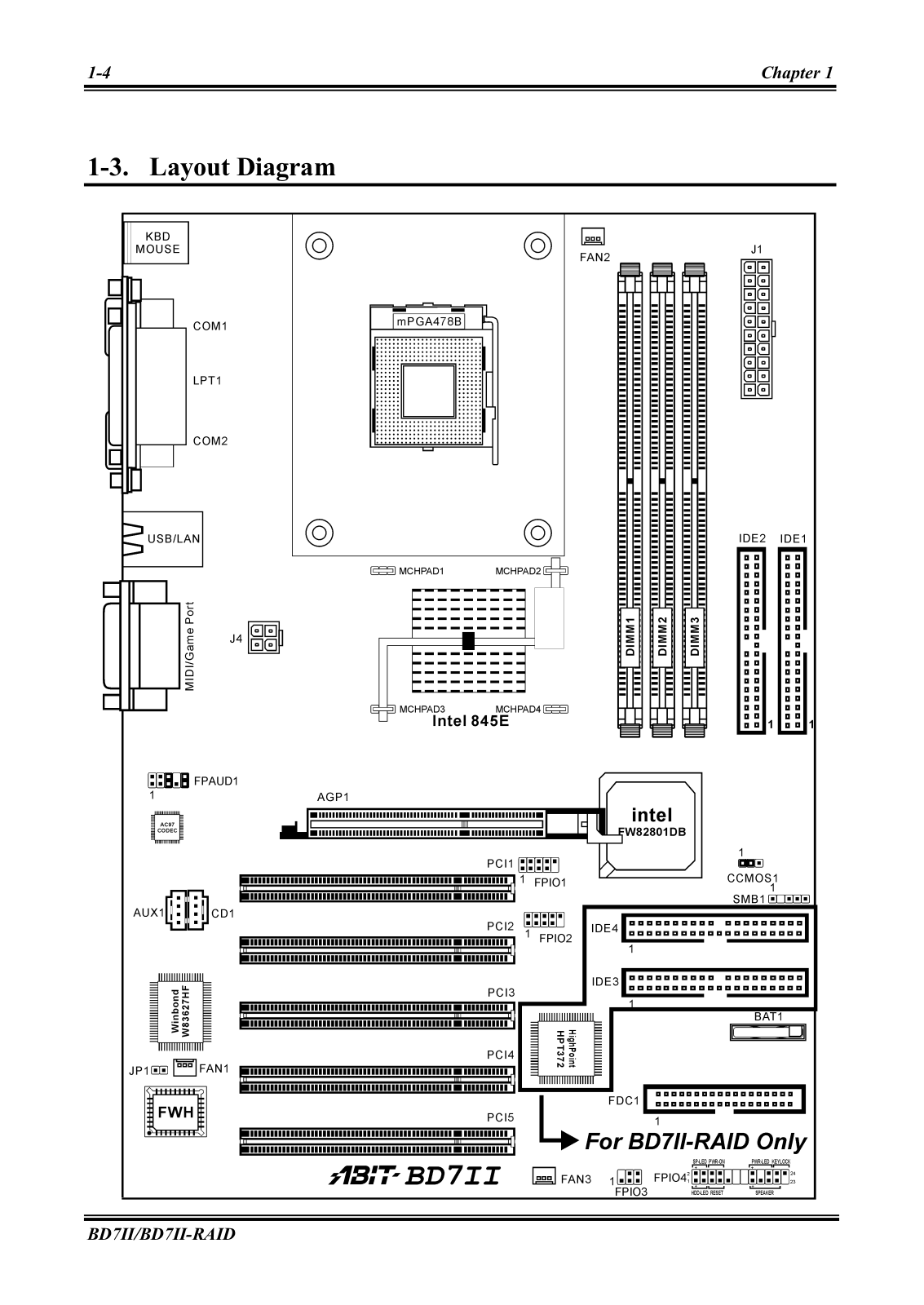
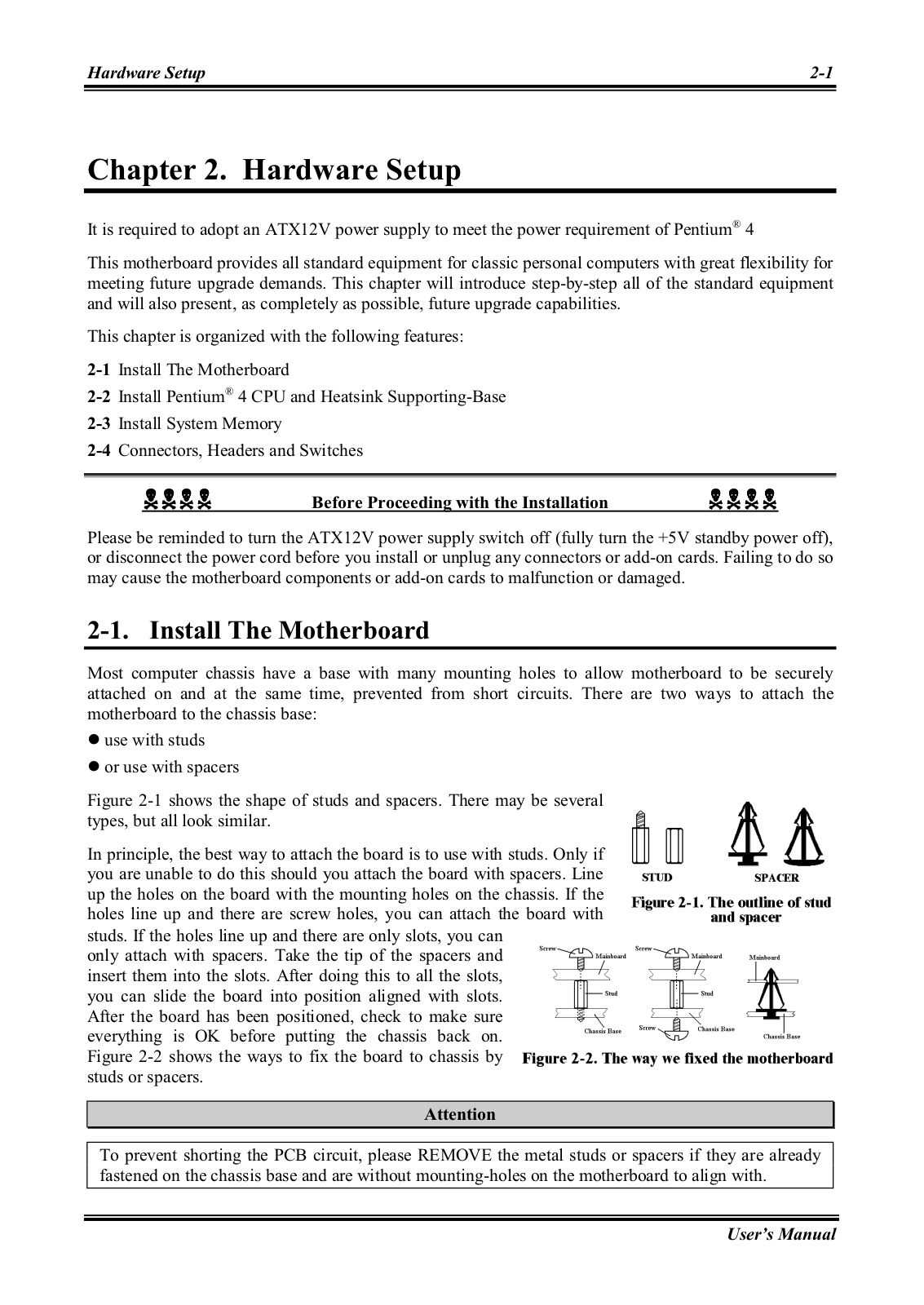
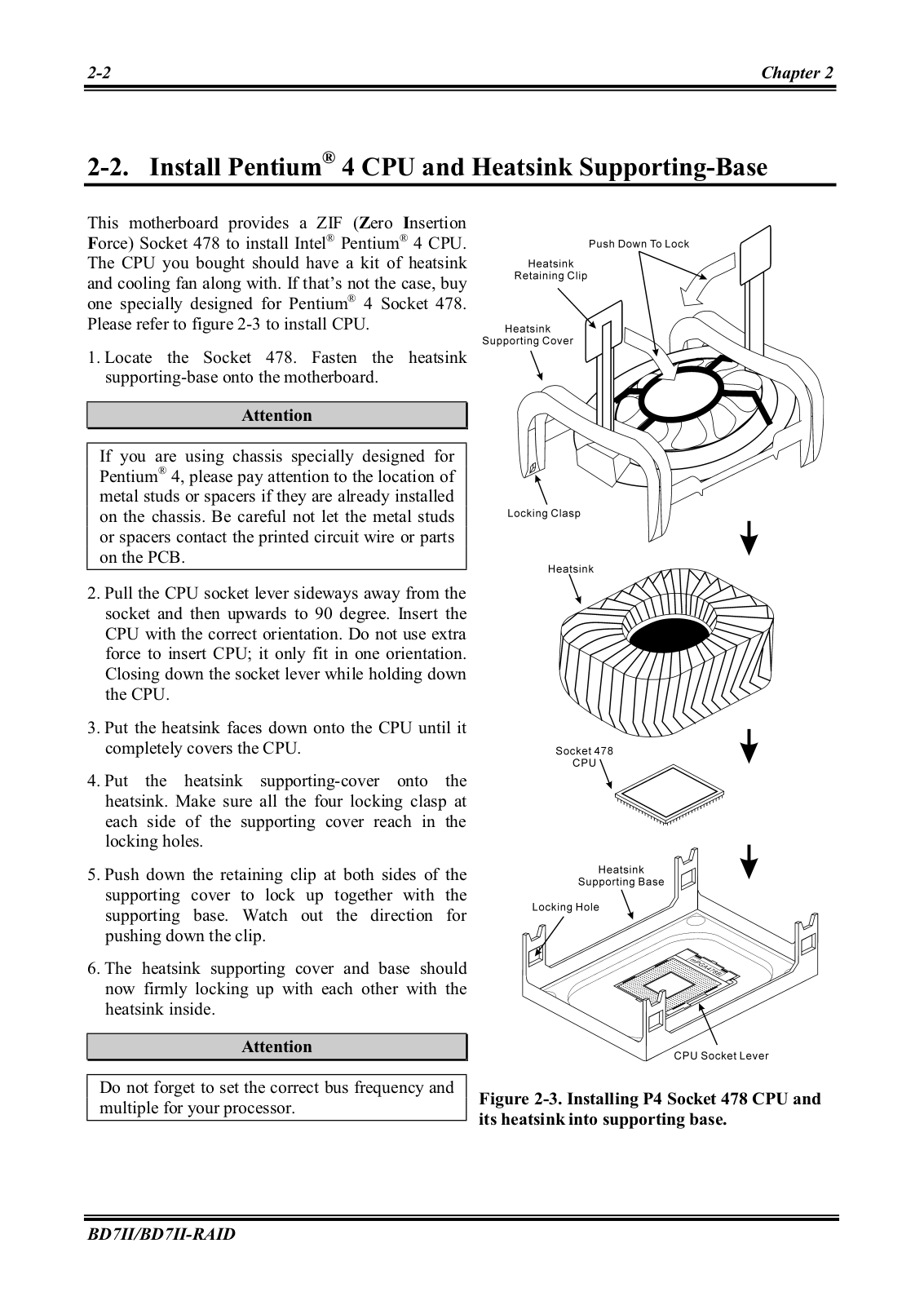
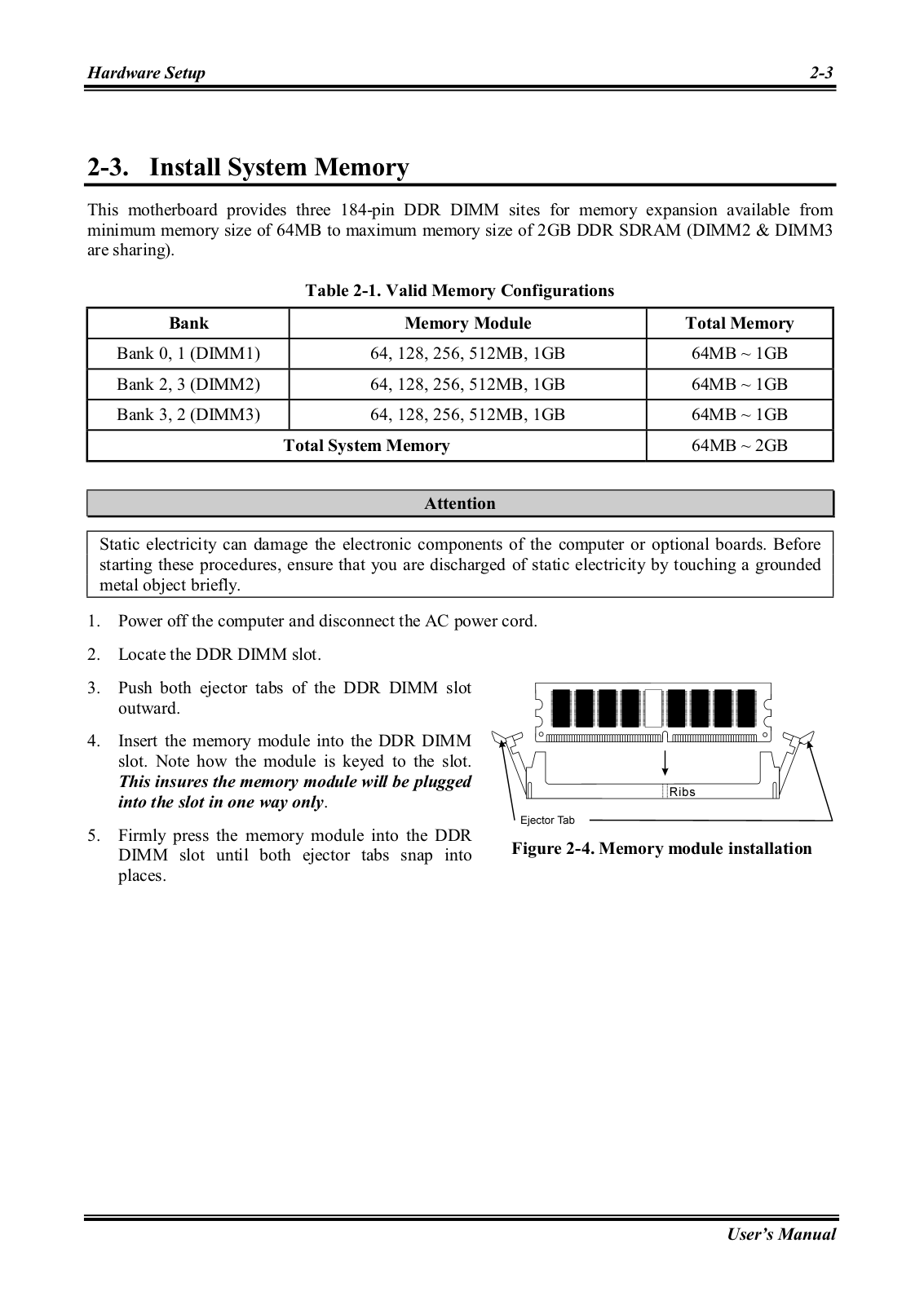
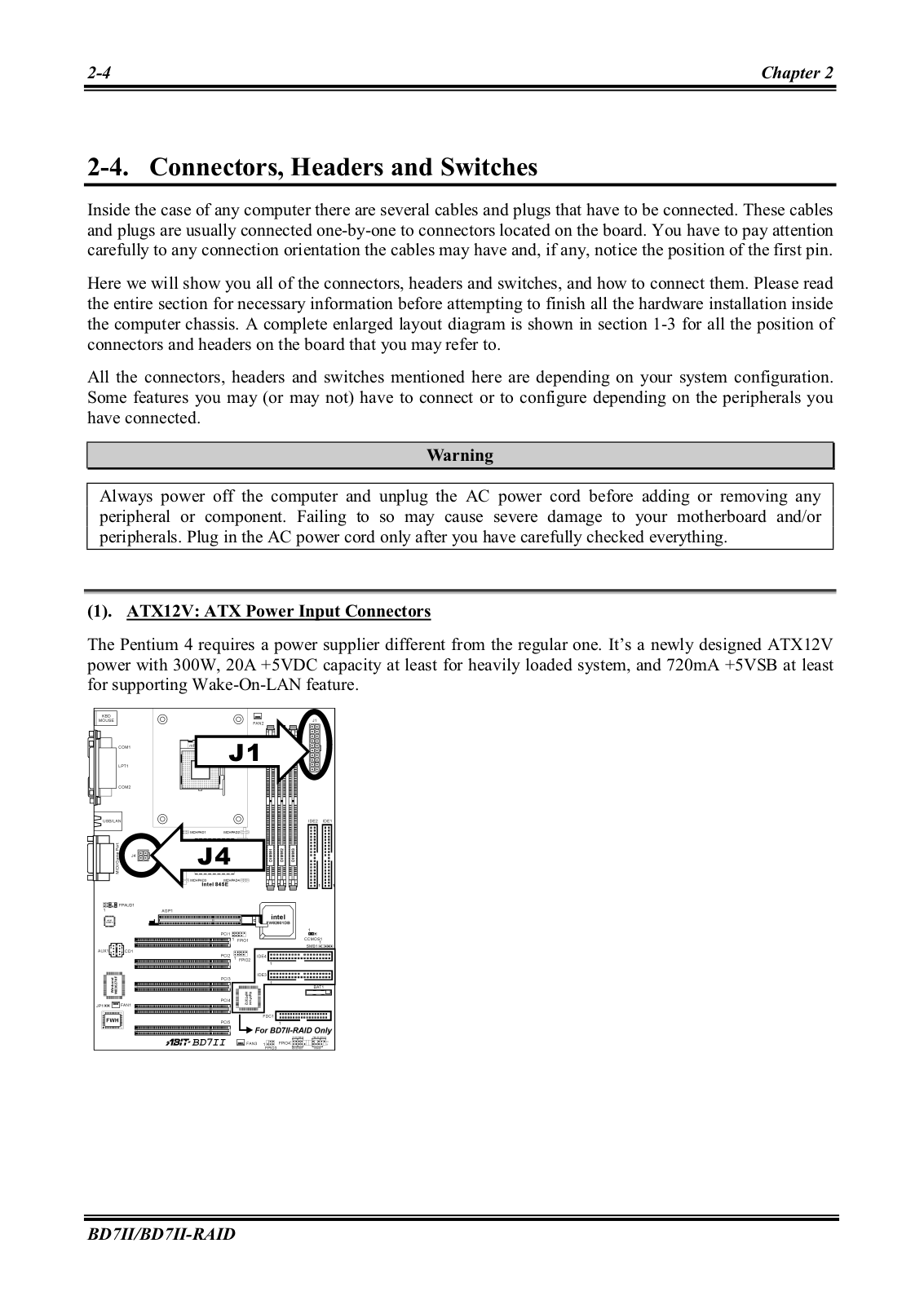
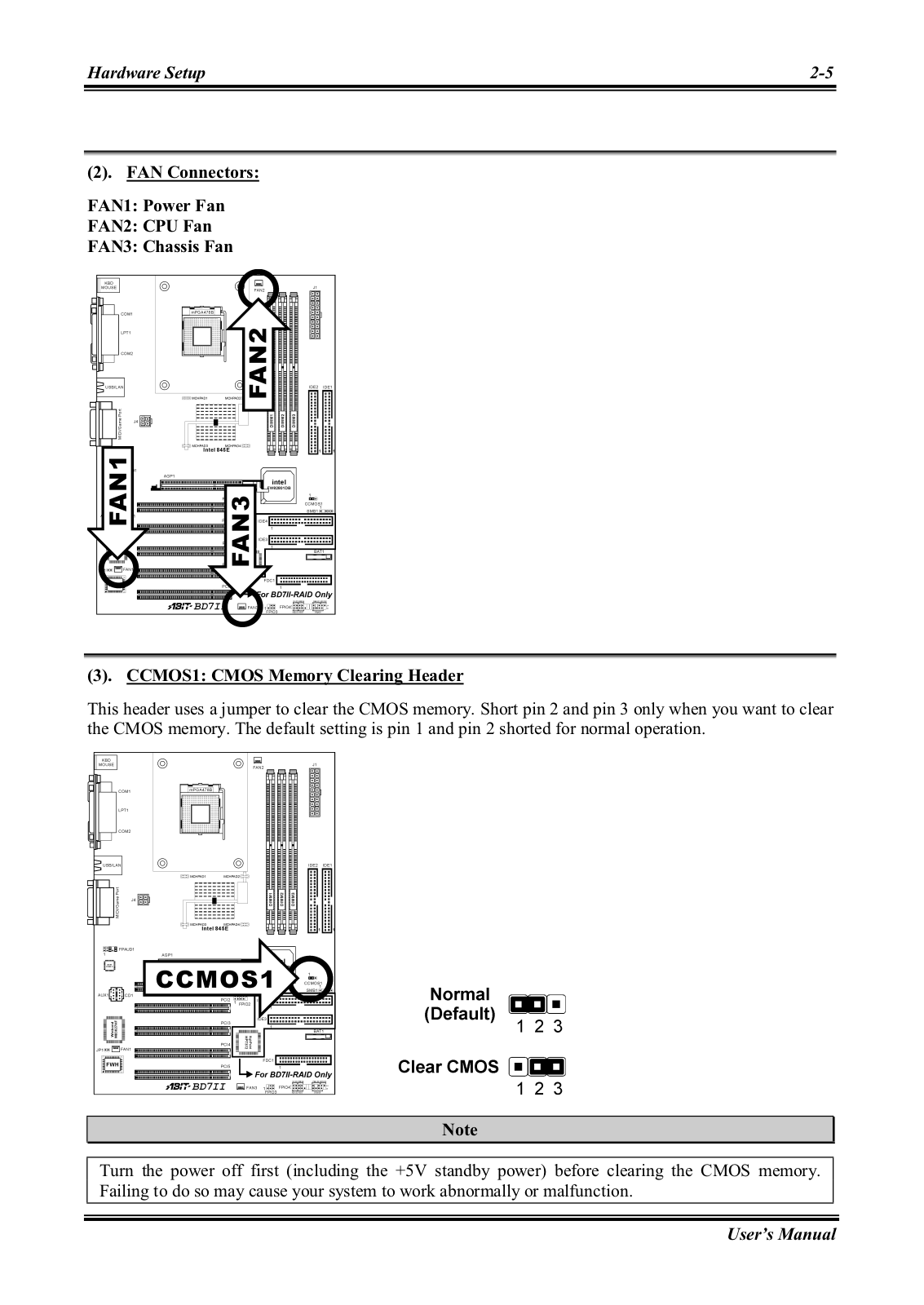
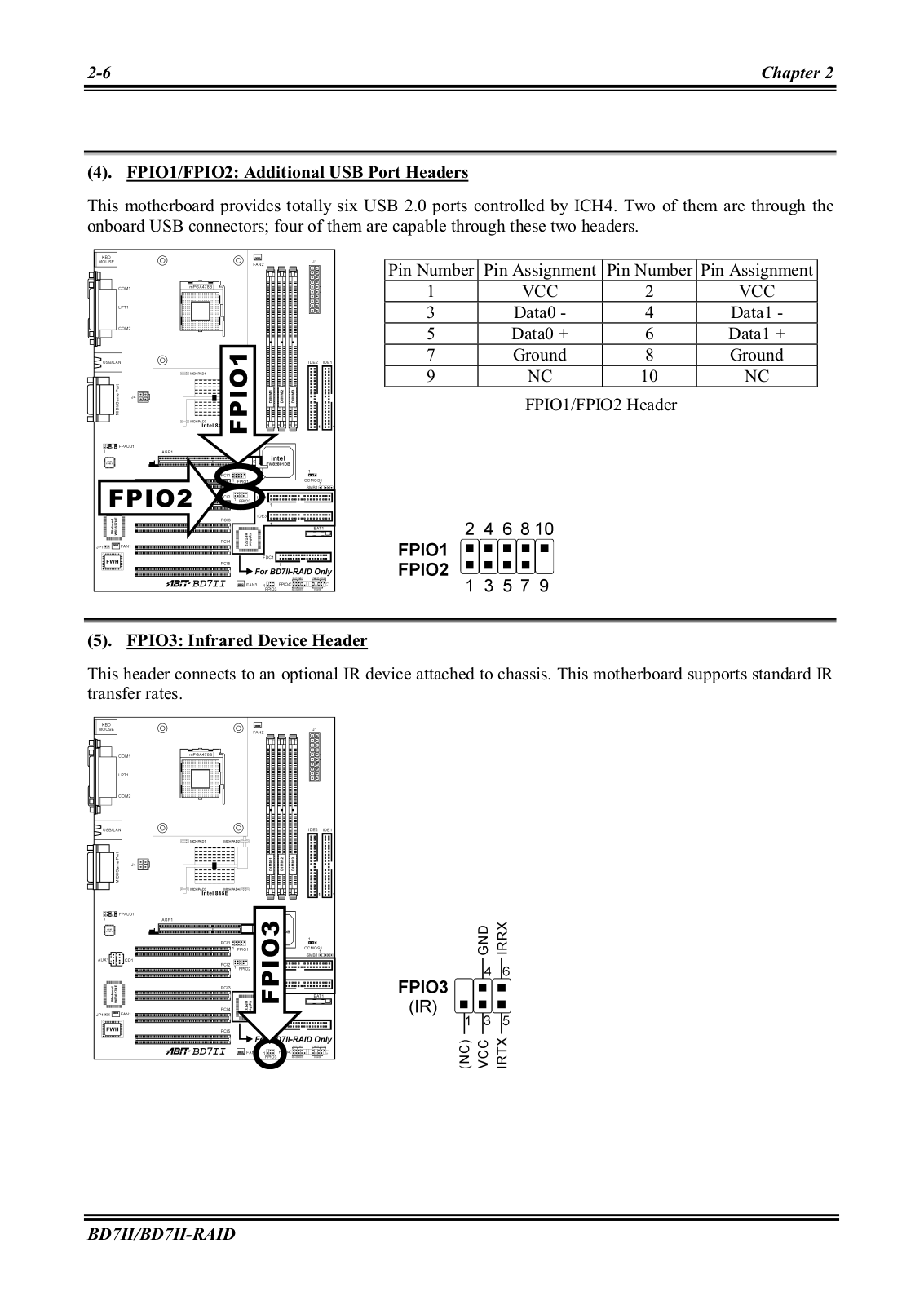
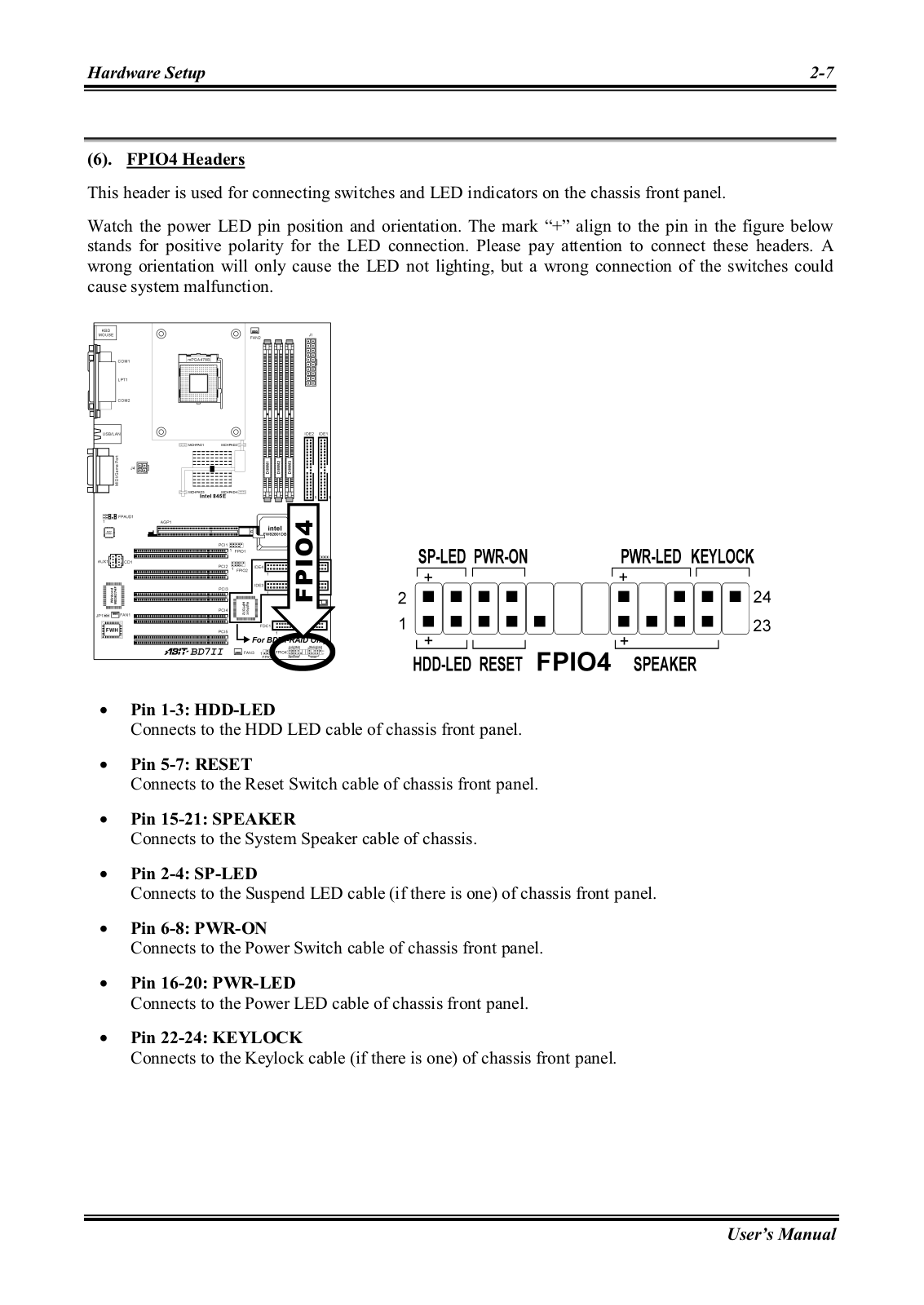
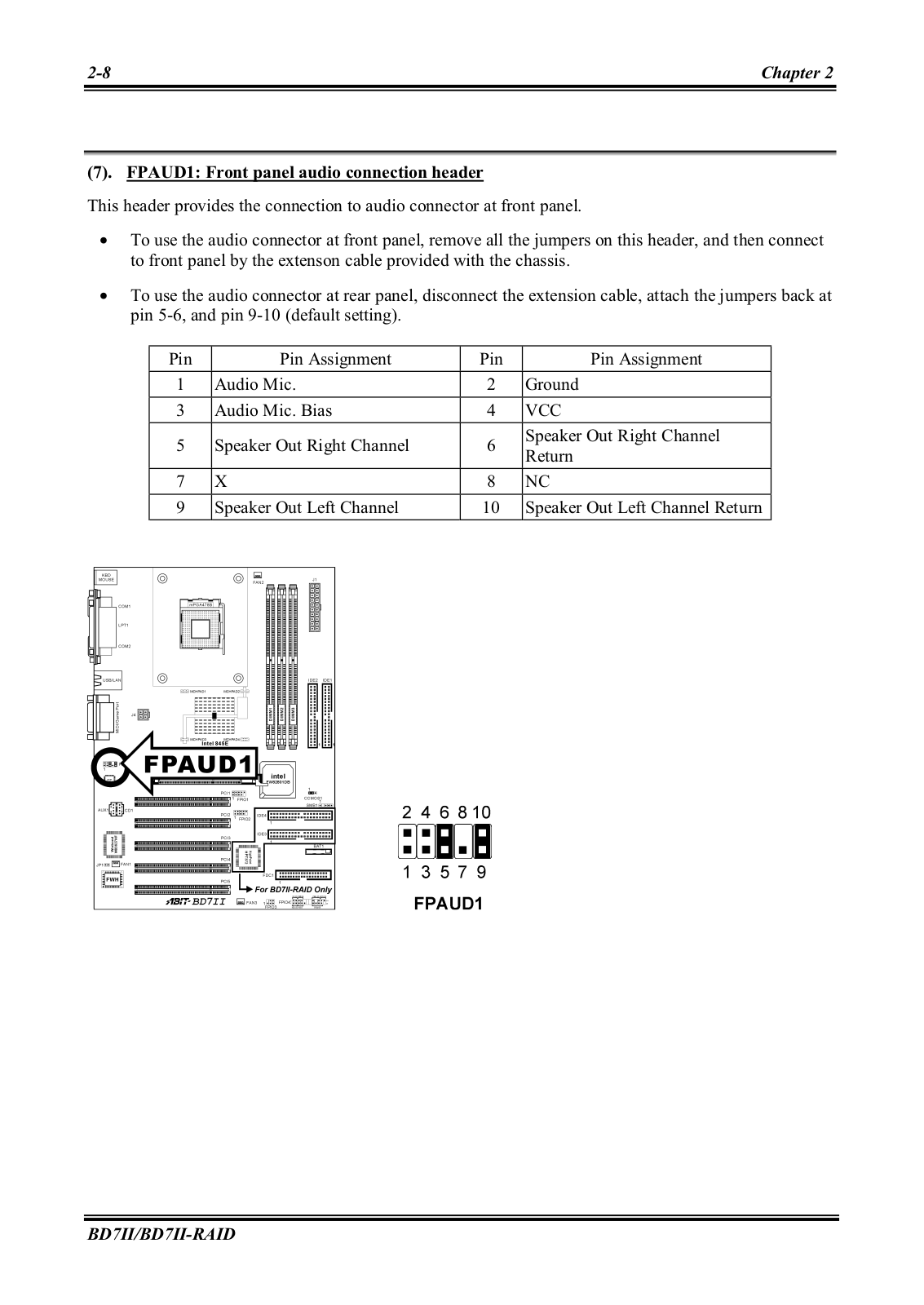
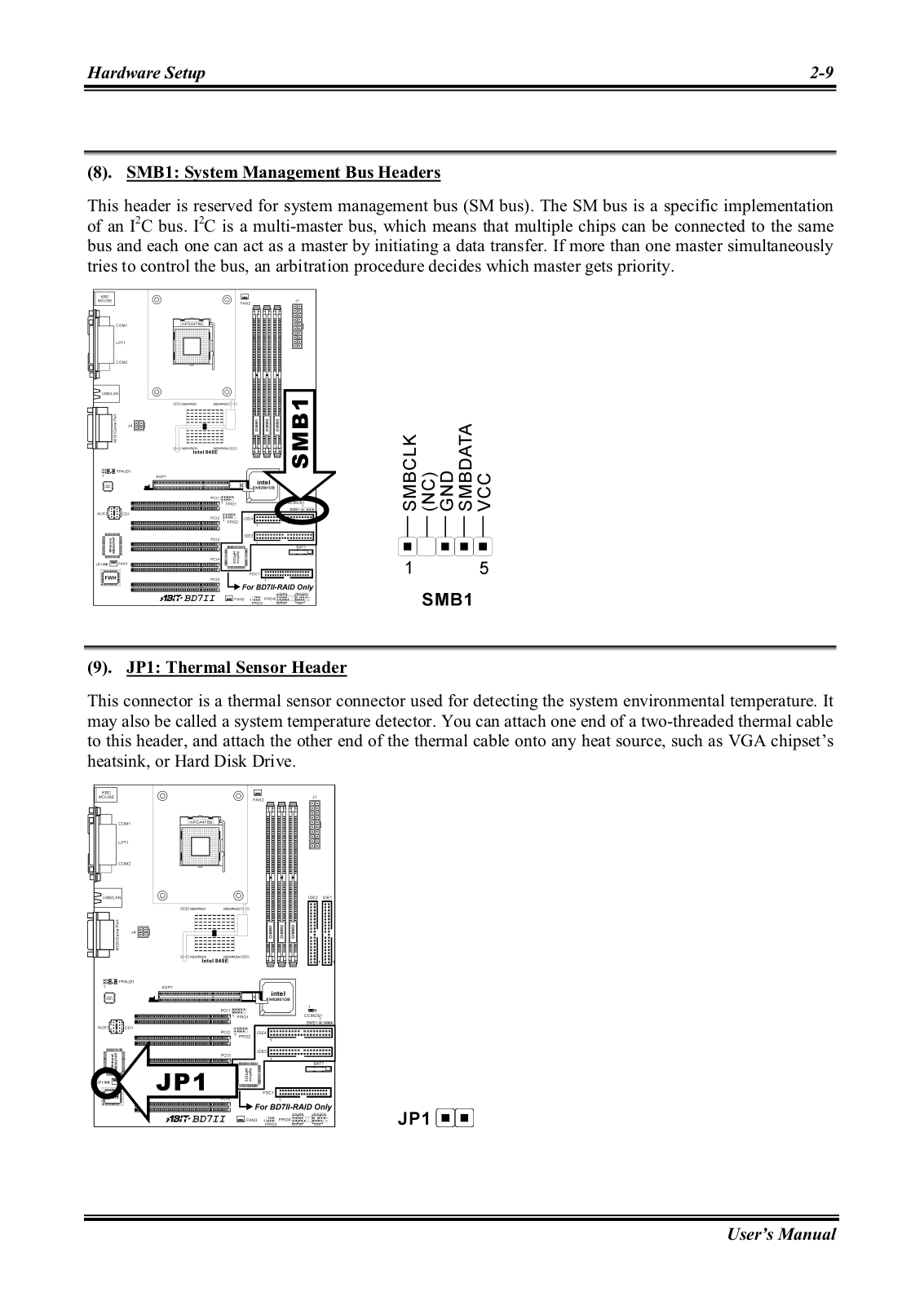
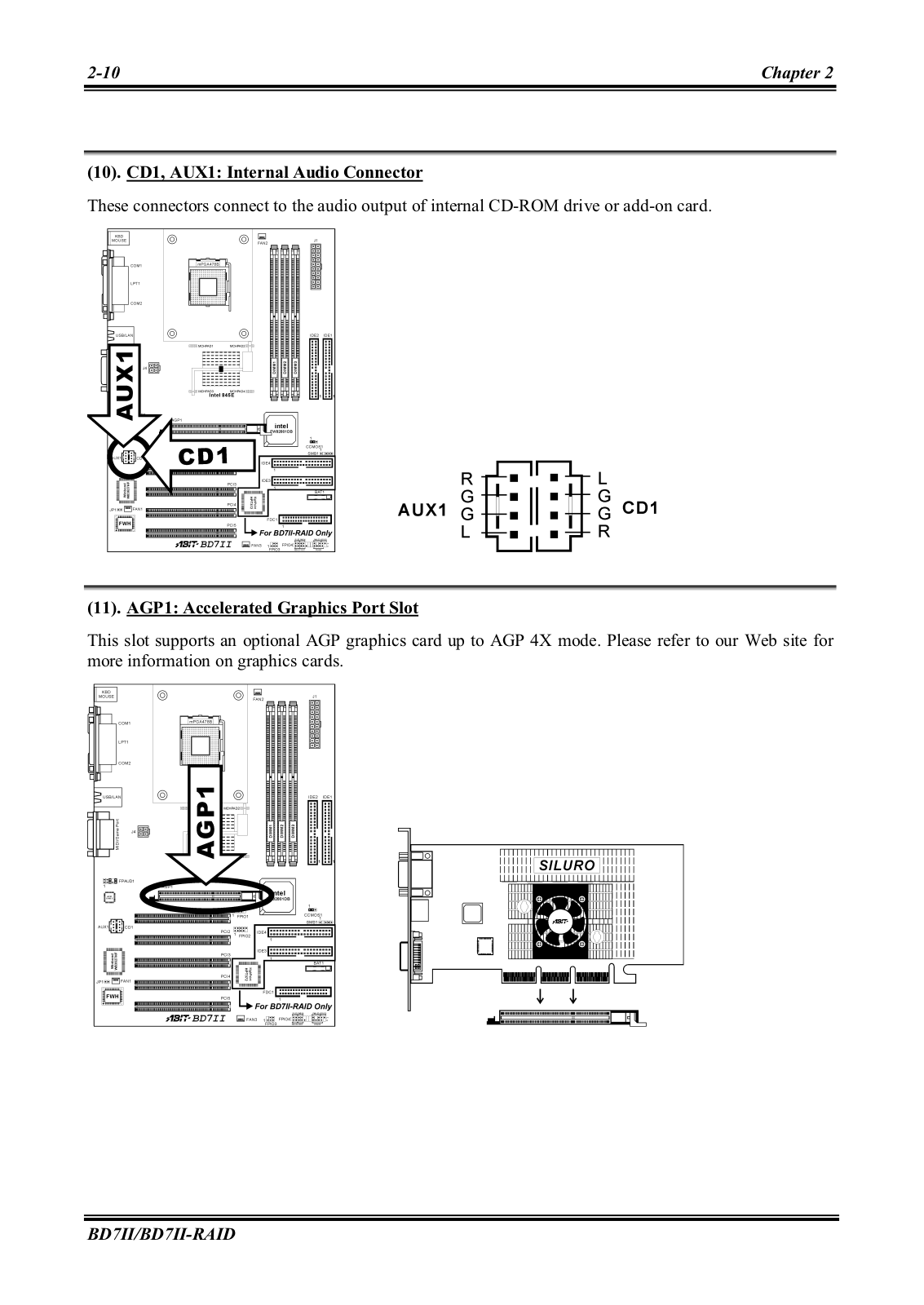
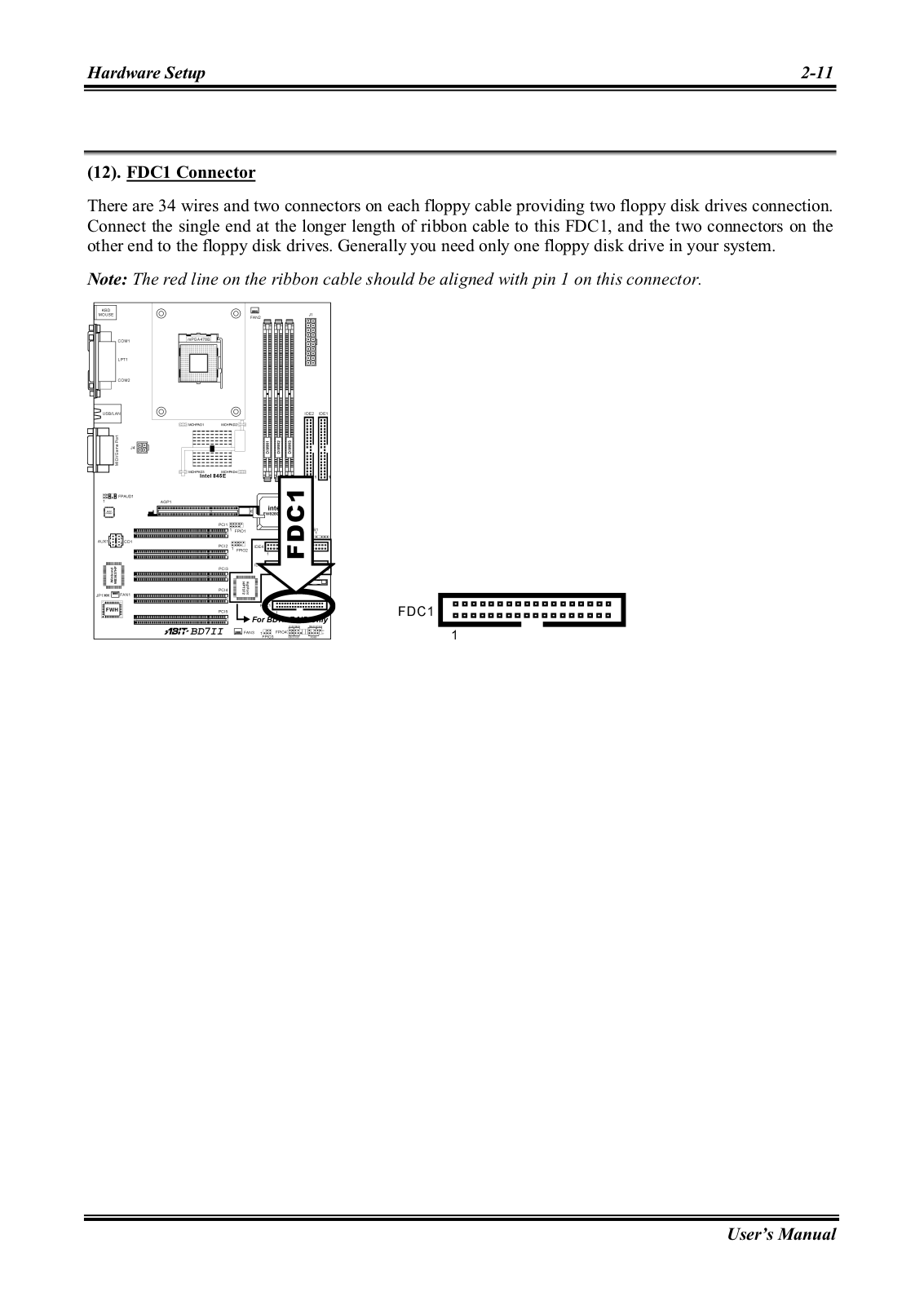
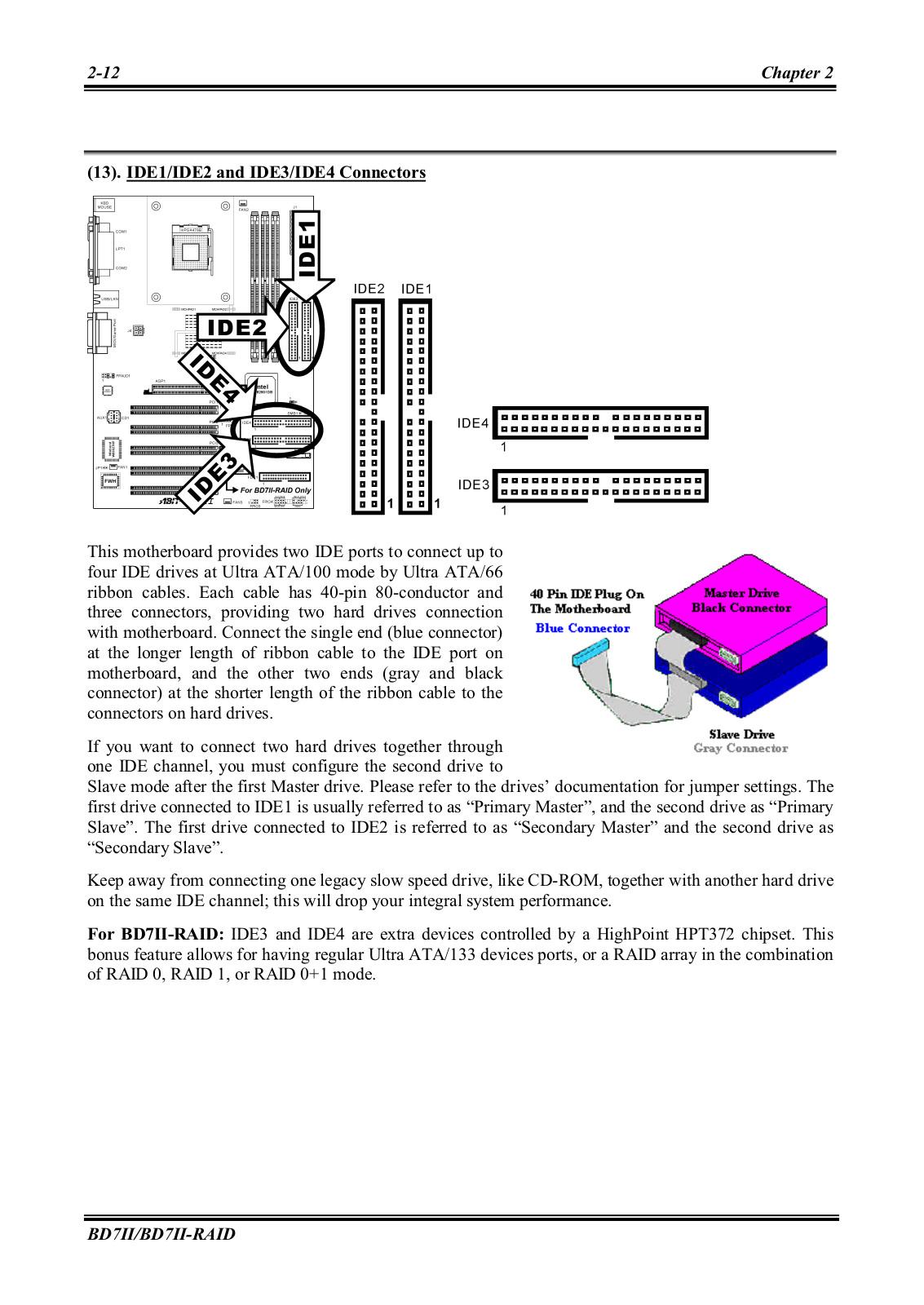
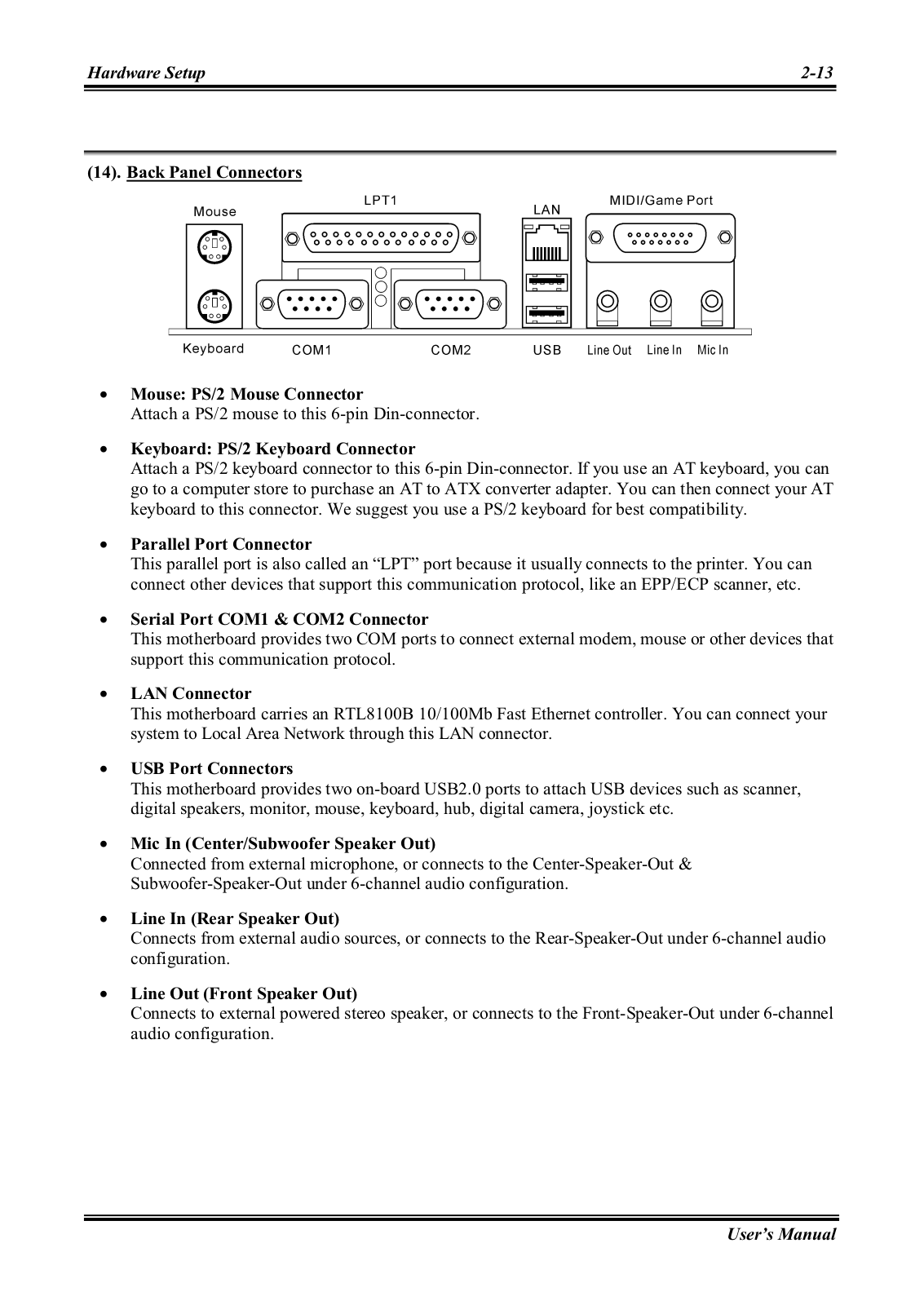
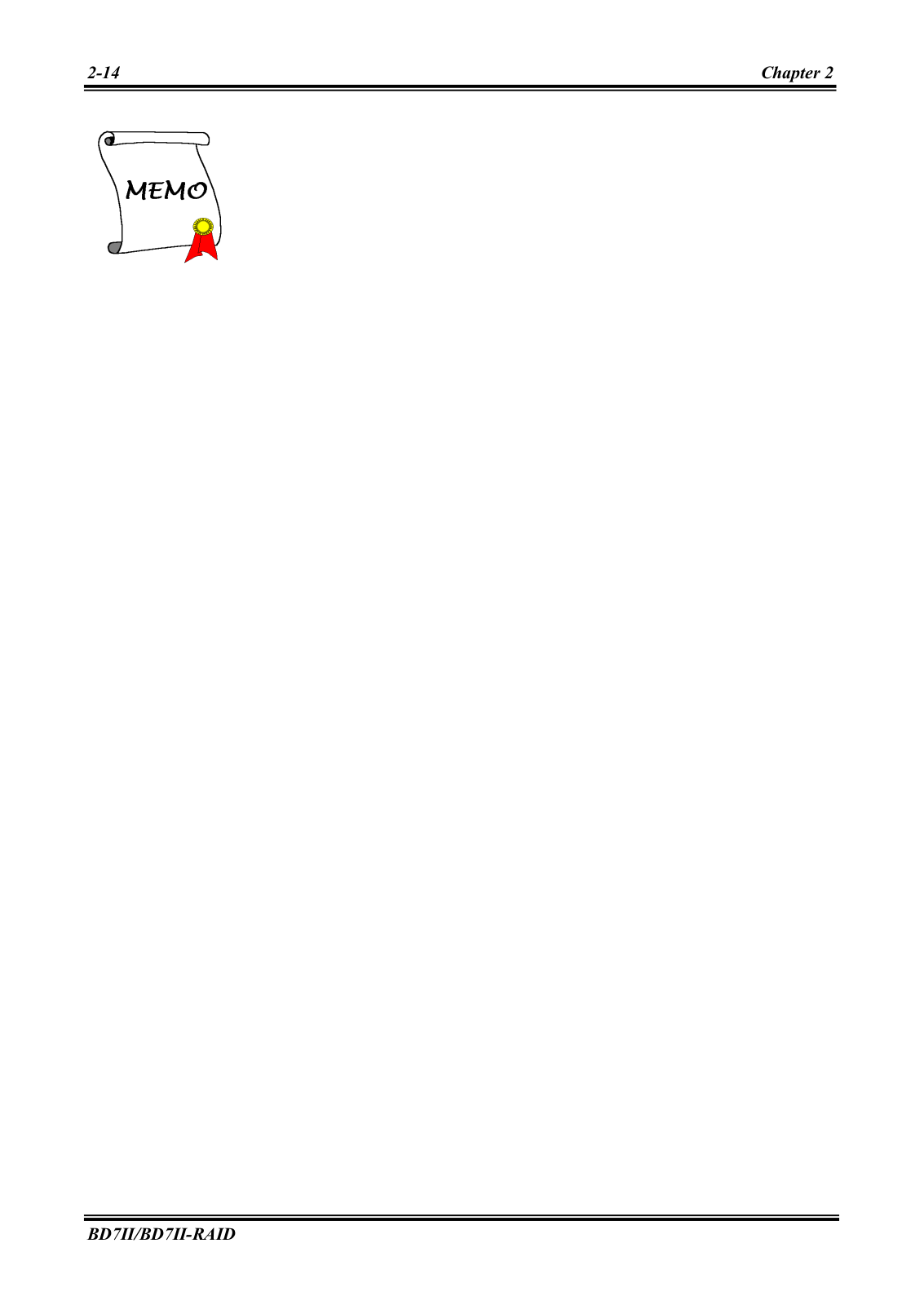
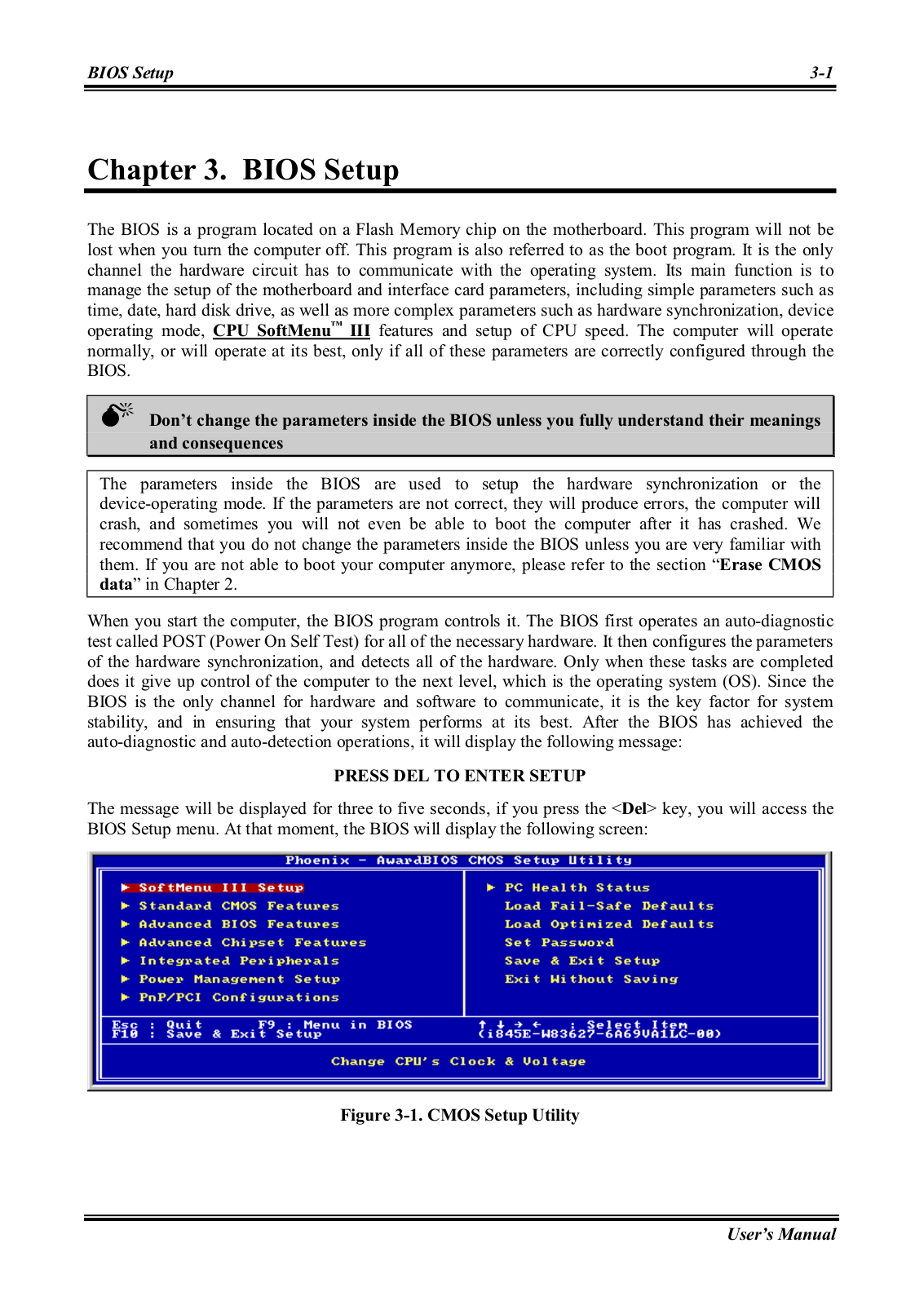
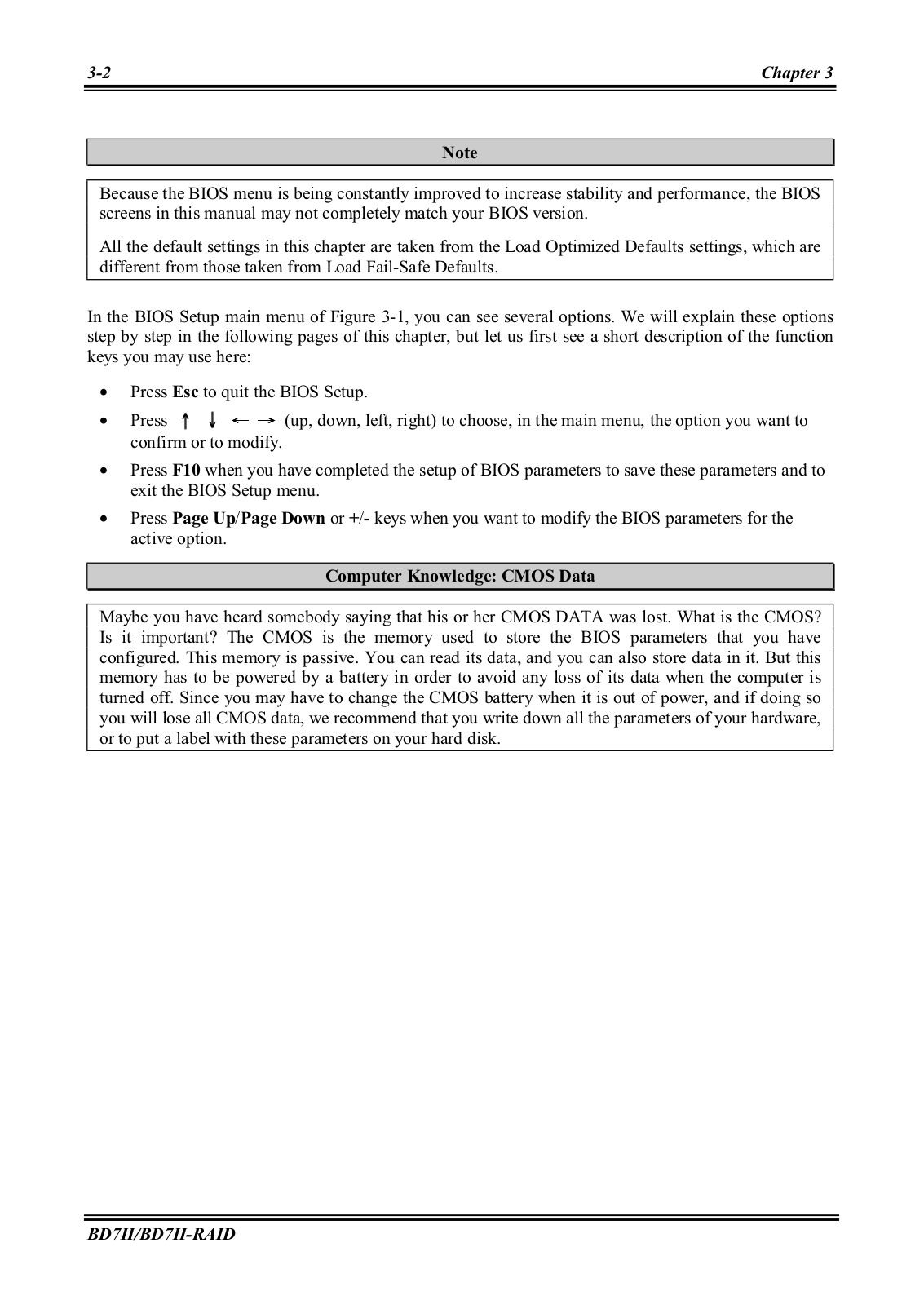
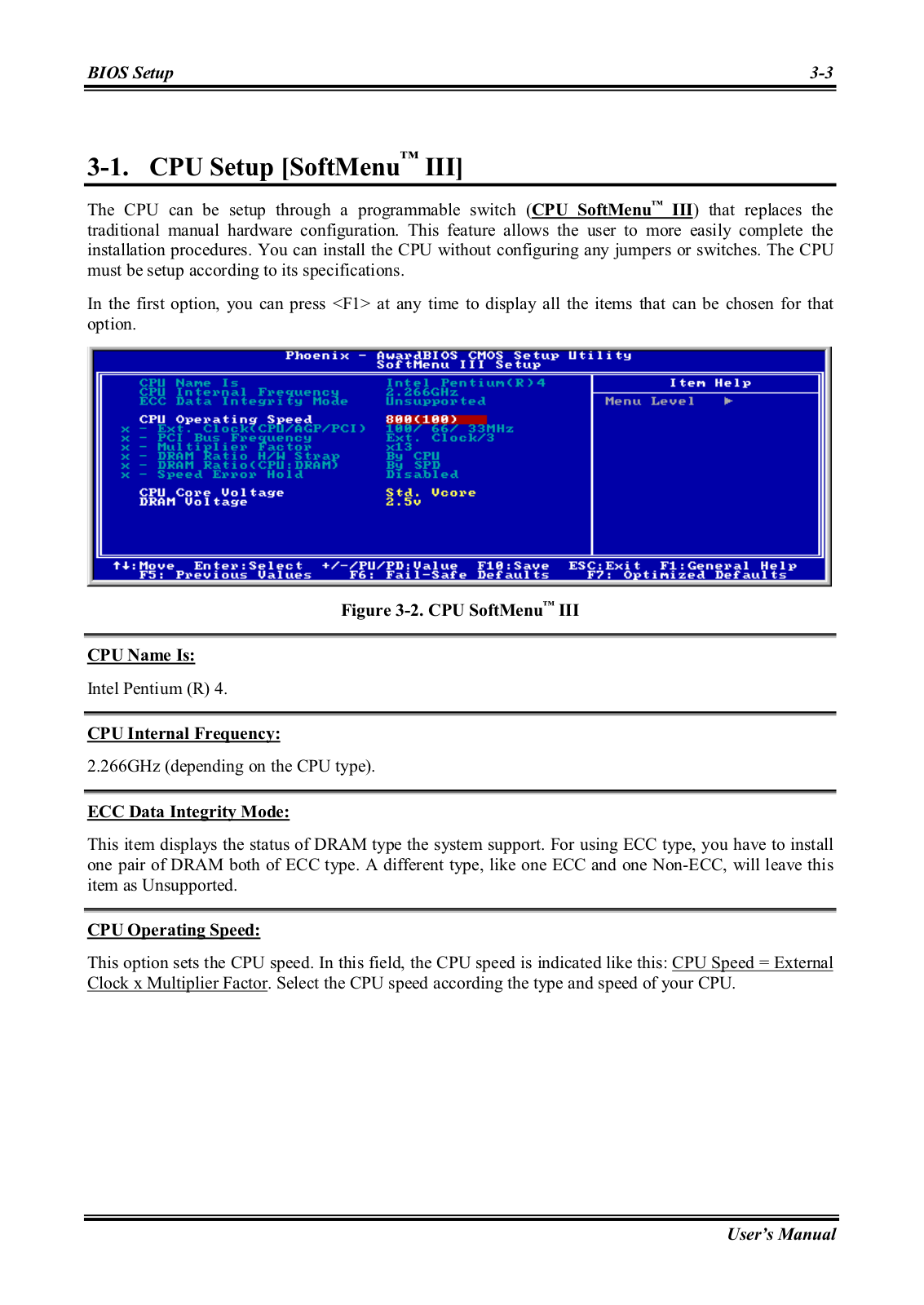
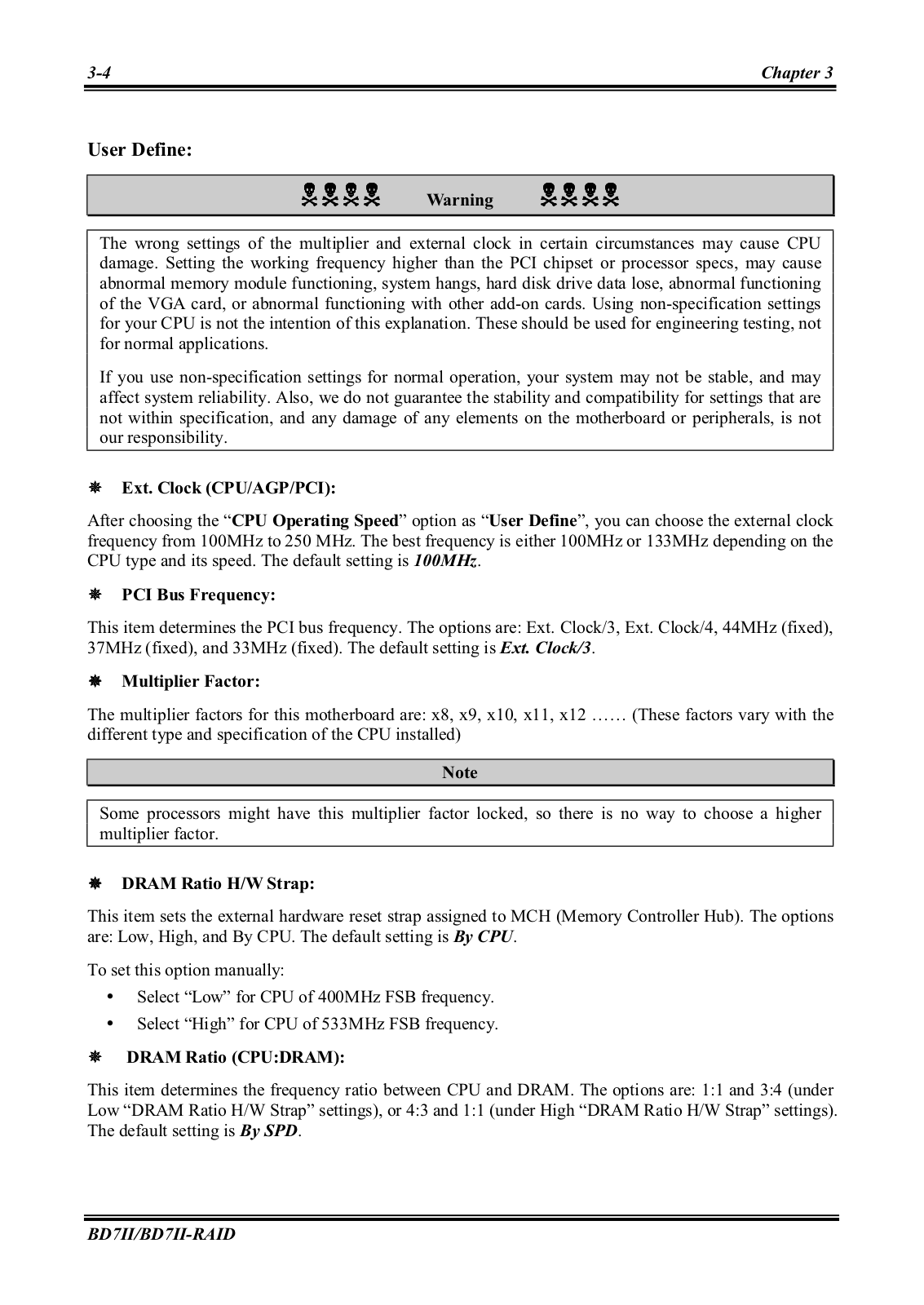
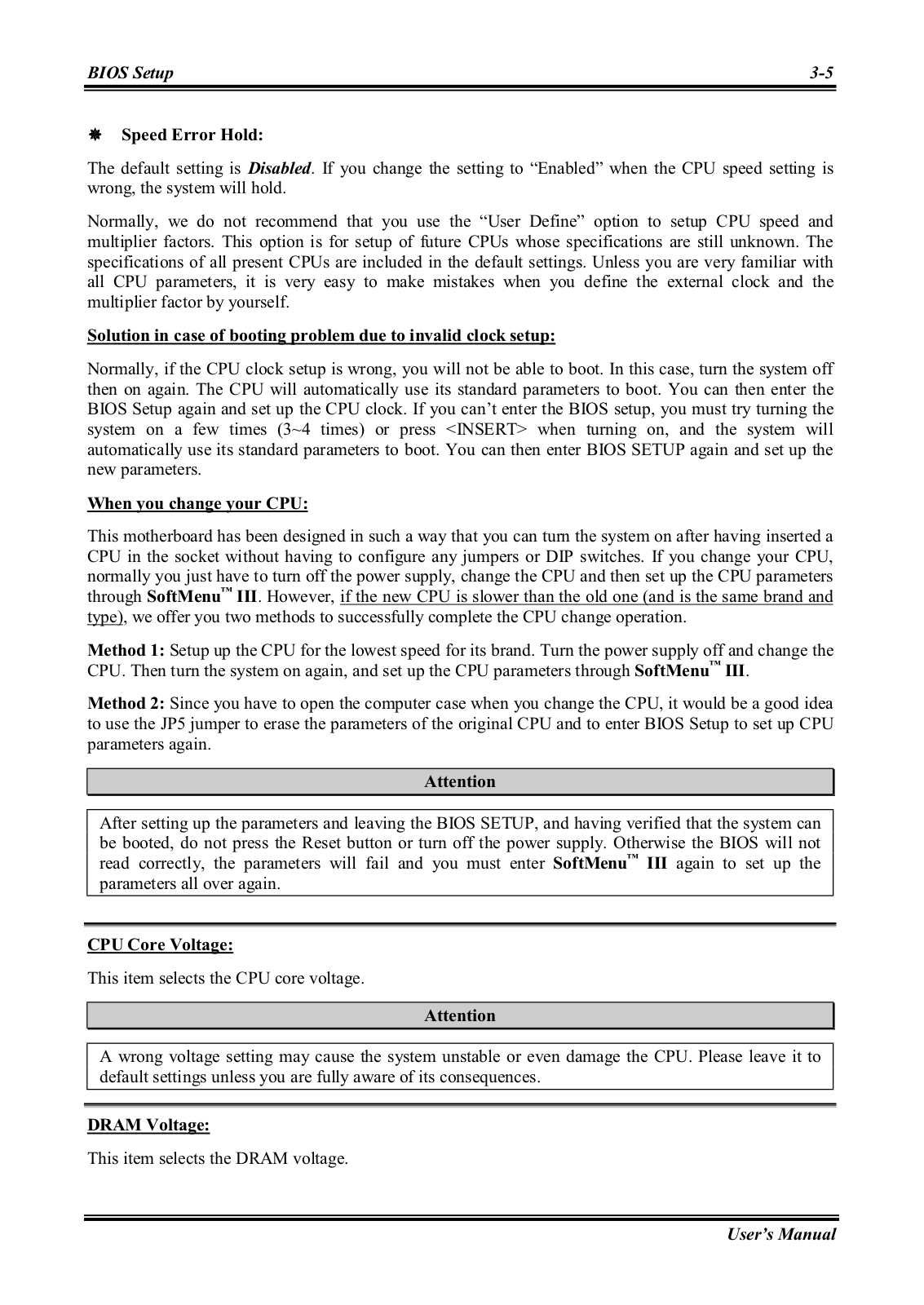





























































